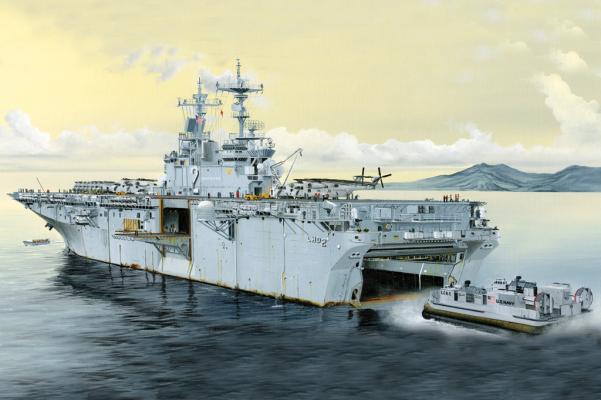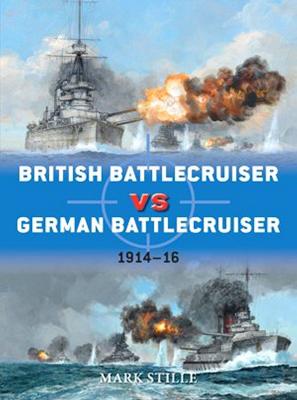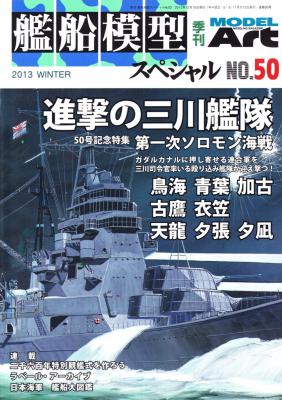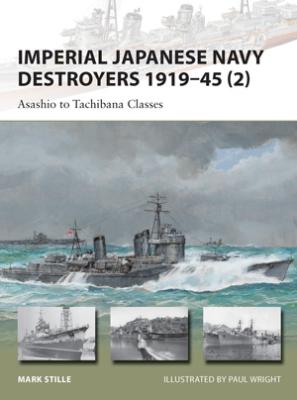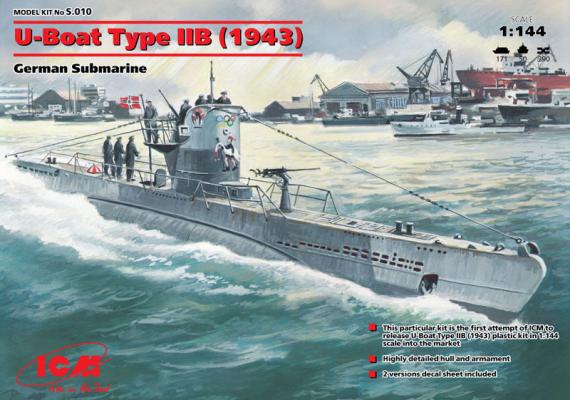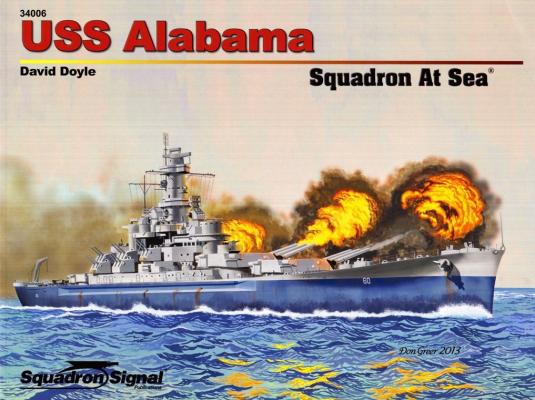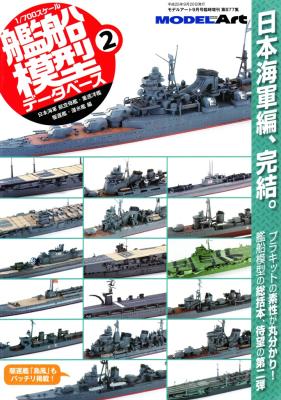History
The USS Essex was commissioned in October 1992 and is currently serving in the USN. LHD stands for "Landing Helicopter Dock". This vessel has the ability to launch helicopters along with Harriers and Ospreys. The one thing that makes these vessels unique is the ability to also launch AAVP, LCAC and LCU's from the well deck.
The Kit
Hobby Boss provides the kit in a sturdy cardboard box that is stuffed full of plastic. There are twenty nine sprues of plastic, three photo etch frets, two decal sheets a twelve page instruction sheet a two page color paint guide. One note about the color guide, they list Mr. Hobby, Vallejo, Model Master, Tamiya and Humbrol paints. There is one mistake where they call for XF-58 olive green which is supposed to be the deck color. I believe that they meant XF-53 Neutral Gray which is what I used and was a pretty good match.

